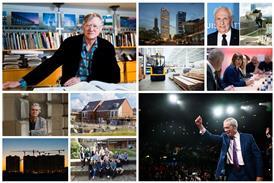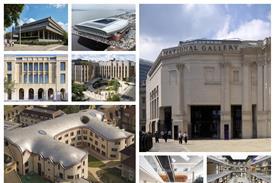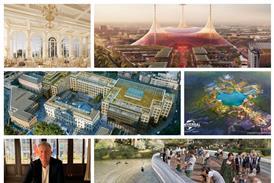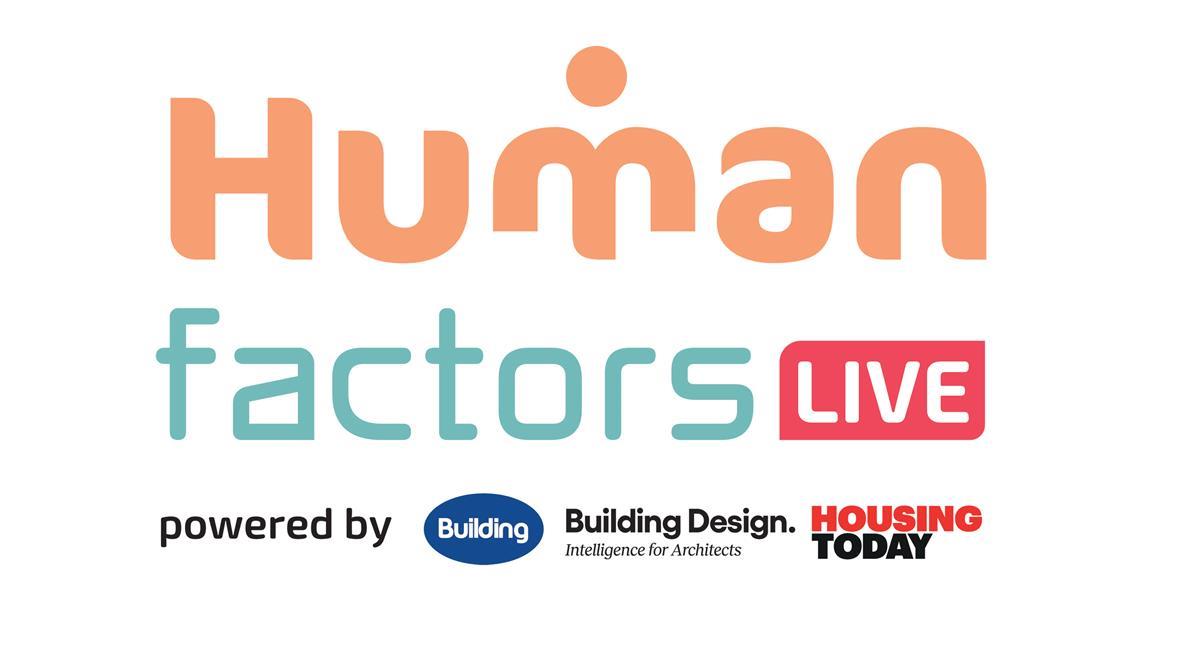Bruno Bernardo reviews Owen Hopkins’ new book on houses that shaped architectural thinking, questioning how these influential designs measure up against today’s climate and sustainability challenges

The house is, by definition, the seminal creation of architecture. It is generally the first built environment a human engages with that creates long-lasting memories and, therefore, in most cases, the first spatial reference for any designer. Preferences aside, the house is perhaps one of the most personal creations for architects, for several reasons.
The scale of the building is manageable, there is a familiarity with the brief and, most importantly, the client is reduced to one or two people (when not the architect themself), ensuring a connection and synergy of ideas that is usually much more challenging when multiple stakeholders are involved. It is an opportunity to express and experiment, create bespoke designs and, ultimately, see it being realised.
Owen Hopkins, in his latest book, begins by defining what a ‘Manifesto House’ is: the “way they conjure new, totalising visions for how we live, where whole theories… of architecture are encapsulated in single buildings”. Visionary creations, free from normal expectations, designed by those who broke the rules and pushed the limits.
However, what makes this book different from others who approach similar subjects is the selection of case studies and the reasons why these 21 buildings made their way in. Yes, it would be unthinkable not to mention icons such as Fallingwater by Frank Lloyd Wright, Villa Savoye by Le Corbusier or Farnsworth House by Mies van der Rohe, but the principles that guided Hopkins’ selection go well beyond those ‘big’ names.
The book is organised in three segments, each with seven individual case studies. The first part explores how designers reinvented tradition, by reinterpreting historical themes, forms or materials, and forwarded these into the next generation. The second part explores how our habitable spaces established stronger connections with the outside world and the environment, physically and through the selection of materials. Lastly, the third part looks at technological and functional breakthroughs, the designer’s vision of the future.

Hopkins has no pretence when he acknowledges that the book covers one trajectory of architectural history, however many other examples could be provided for similarly influential roles. Such compendiums are always challenging – what to include in a finite book? What is considered relevant, what is the selection criteria? Notwithstanding, the author does defend the subjectivity of this exercise and attempts to weave a thread of historic progress as each structure influences the next.
These are buildings within their time and place, contextualised within their sites, influenced by the experiences of their designers, and materialised to respond to the concerns of that particular moment. Naturally, many of the principles that guided their original design would now be questioned, such as the use of particular materials, developing experimental solutions which we now know have fallen short, or generally in the current context of global warming.
The majority of examples, unsurprisingly, hail from the twentieth century. Modernism was the perfect vehicle for the development of ‘Manifesto Houses’, and even the earlier cases explored themes that were then adopted by modernism. It is, however, acknowledged that these buildings were not without shortcomings – they required vision and dedication to be realised.
Expensive, exceptional, elitist. Maybe the rules didn’t apply, with perceived failures or mistakes brushed off against the outstanding elements, which were seen to redeem the whole.
Perhaps one of the unmentioned points in the book is that it is focused on how seminal these buildings were when initially designed and how much they influenced others, but many survive only as preserved ‘museum’ pieces. Admittedly iconic and important as historic objects, they have now lost their intended use and are irrelevant in the context of the urgent need for adaptation and resilience.
As important as the question ‘what will we do next?’ is ‘what will we do with what we have?’, though that is assumedly not the subject of the book.
And what’s next? Have we reached the pinnacle of ideas and innovation when it comes to the humble abode?
How can designers continue to reinvent such a theme, when the world seems poised for standardisation, compliance, simplification? How much more creative will architects need to be to use these limitations to their advantage and be truly experimental? What would Hopkins include in his book were it to be written 100 years from now?
Even though the book is a passionate tribute to the case studies it covers, Hopkins concludes his book with a warning, and on a less positive tone. The future is indeed unclear and, in the midst of a climate and social emergency (and, dare we say, creative emergency with the materialisation of artificial intelligence?), the author dares to throw a provoking thought to keep us thinking beyond the pages of the book – architecture needs to look beyond our existing forms of practice to survive.
>> Also read: Outrage lives on: Ian Nairn’s critique still haunts Britain’s landscapes
>> Also read: Modern Architecture in a Post-Modern Era
Postscript
The Manifesto House: Buildings that Changed the Future of Architecture by Owen Hopkins is published by Yale University Press.
Bruno Bernardo is an associate at Purcell. He is studying the International Course on the Conservation of Modern Heritage at the Getty Conservation Institute.























4 Readers' comments